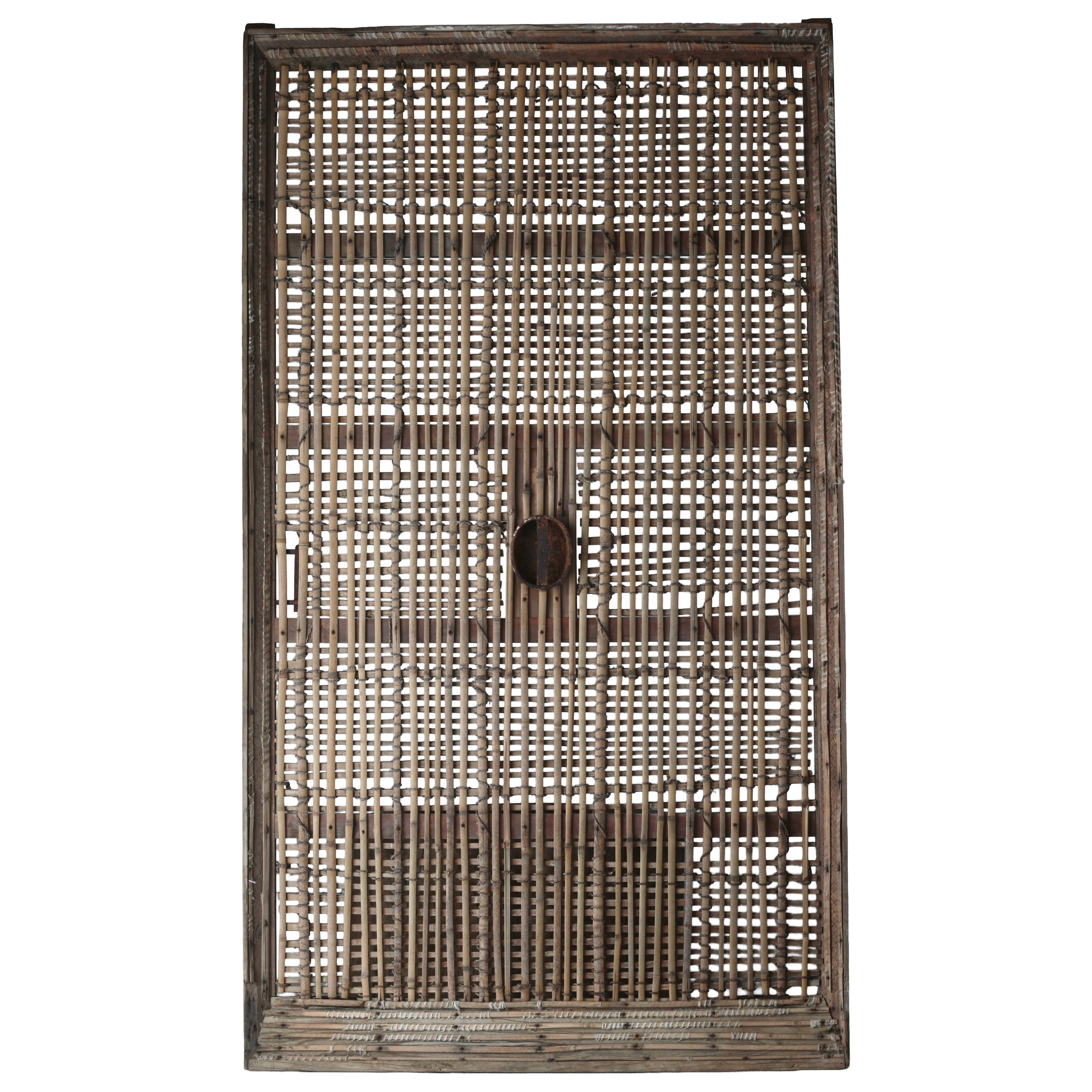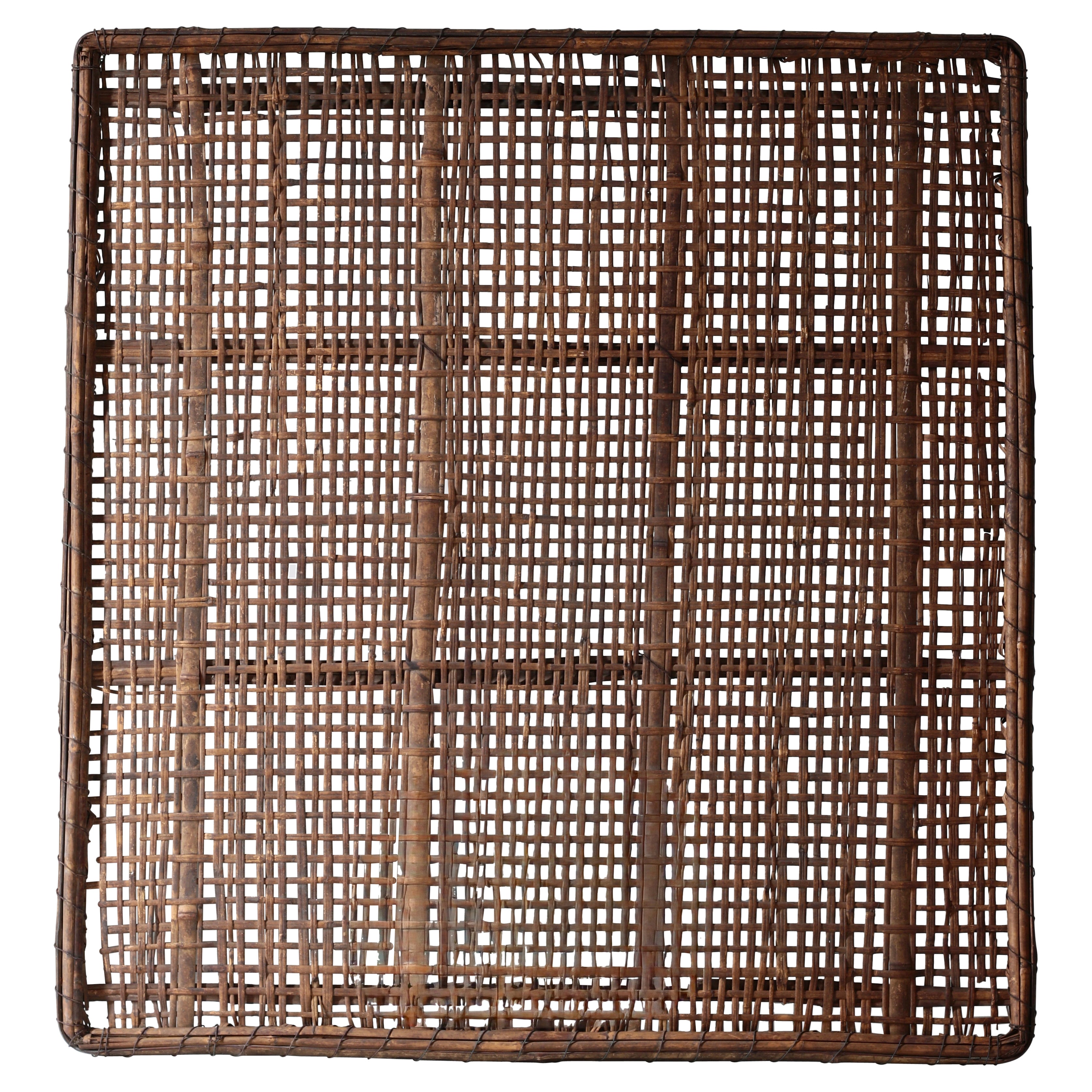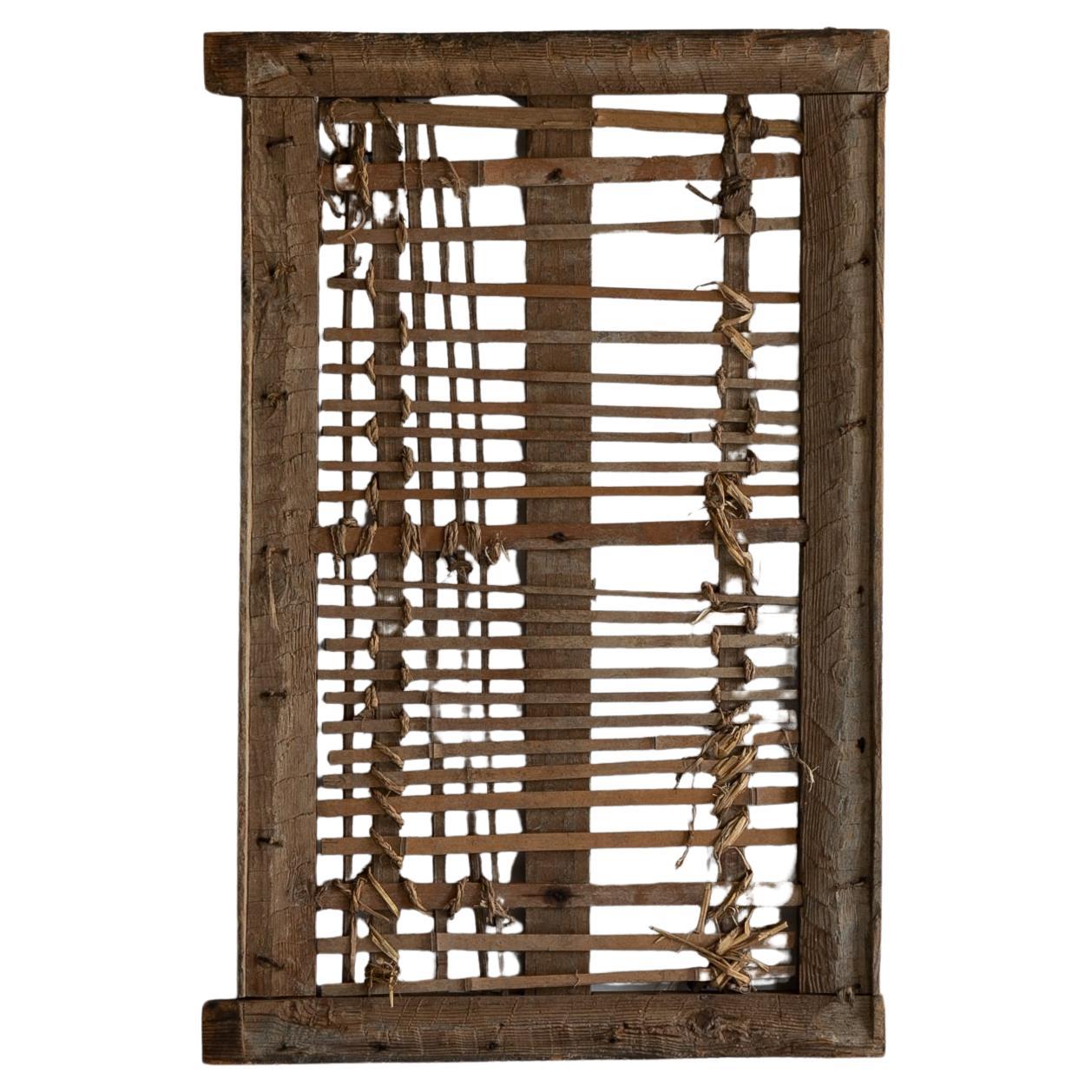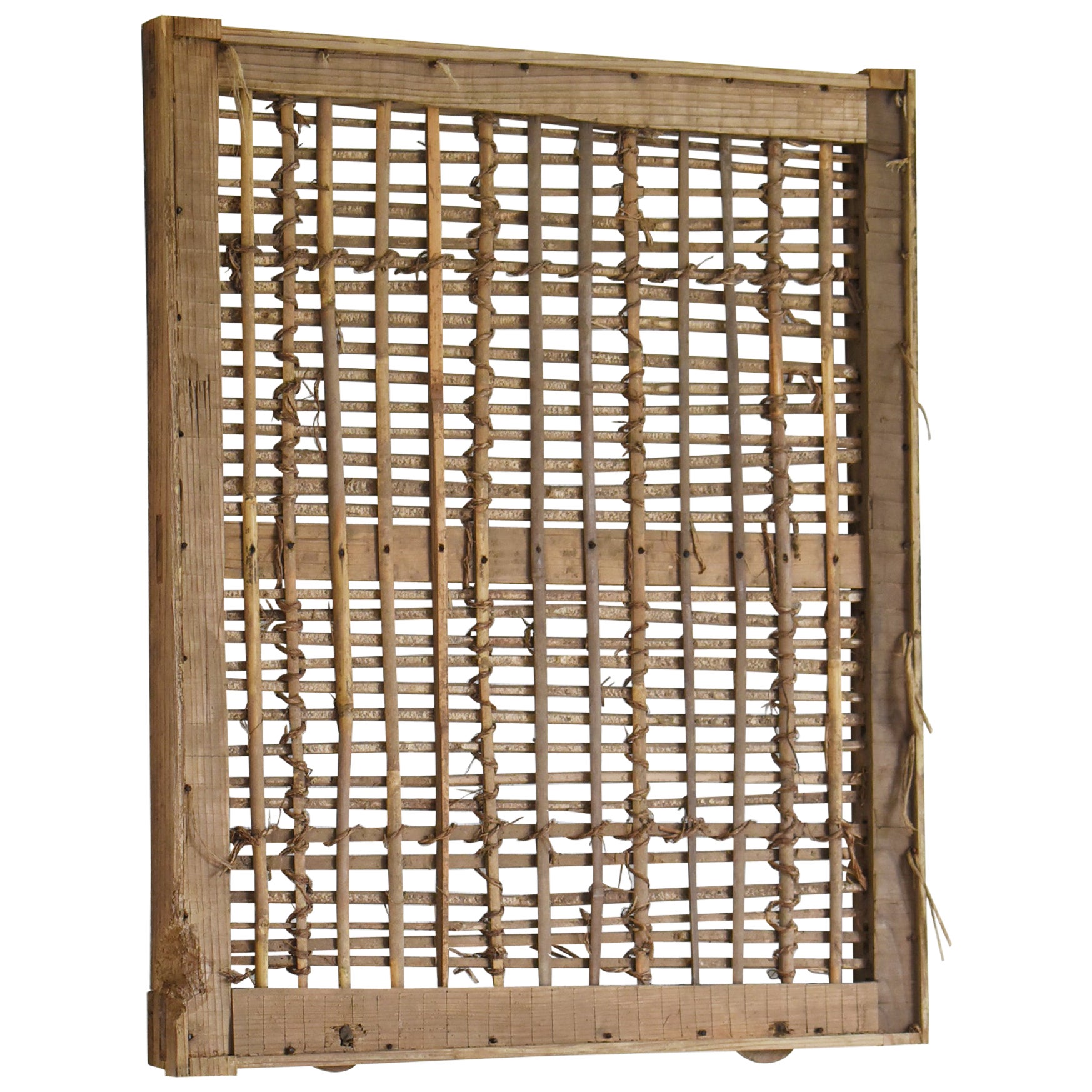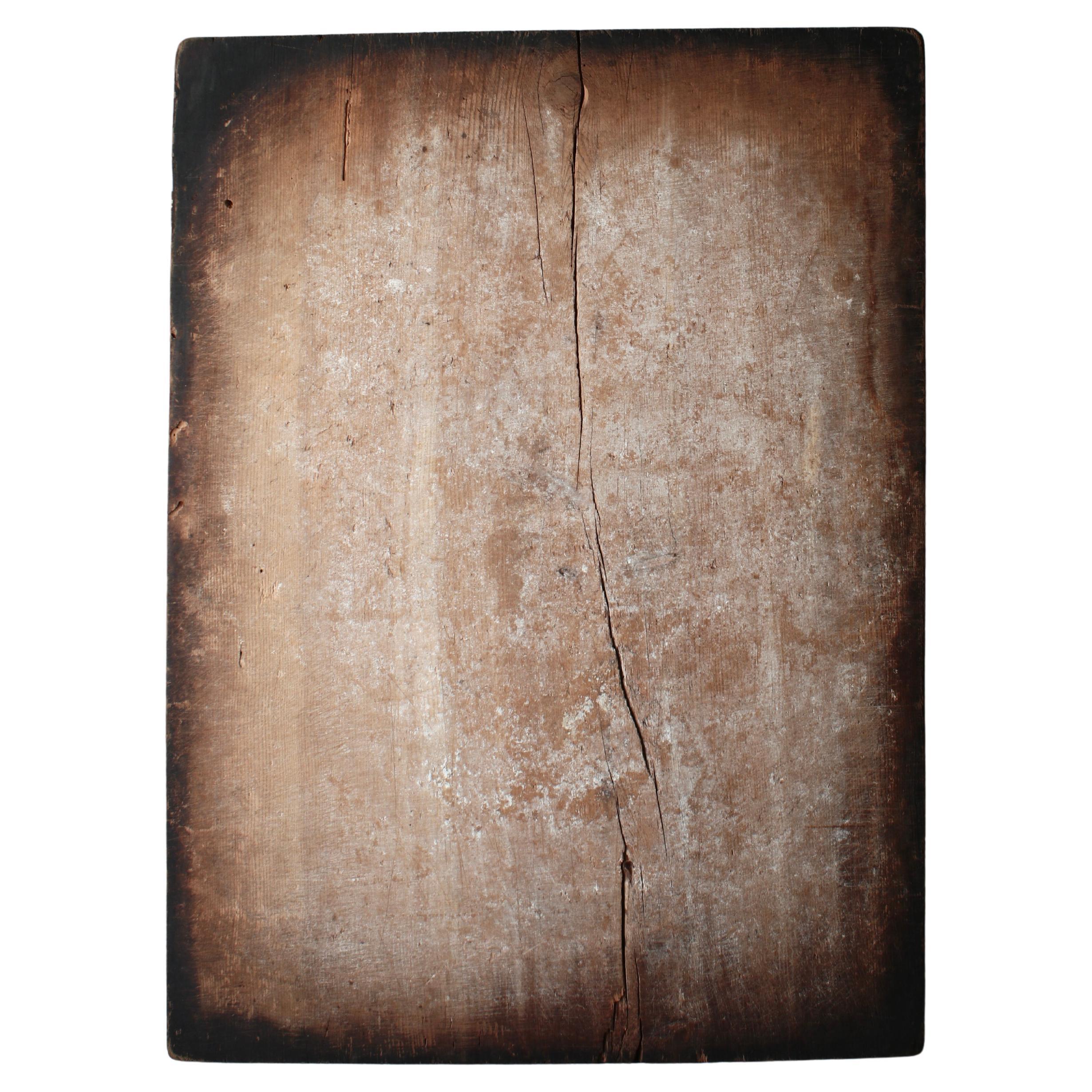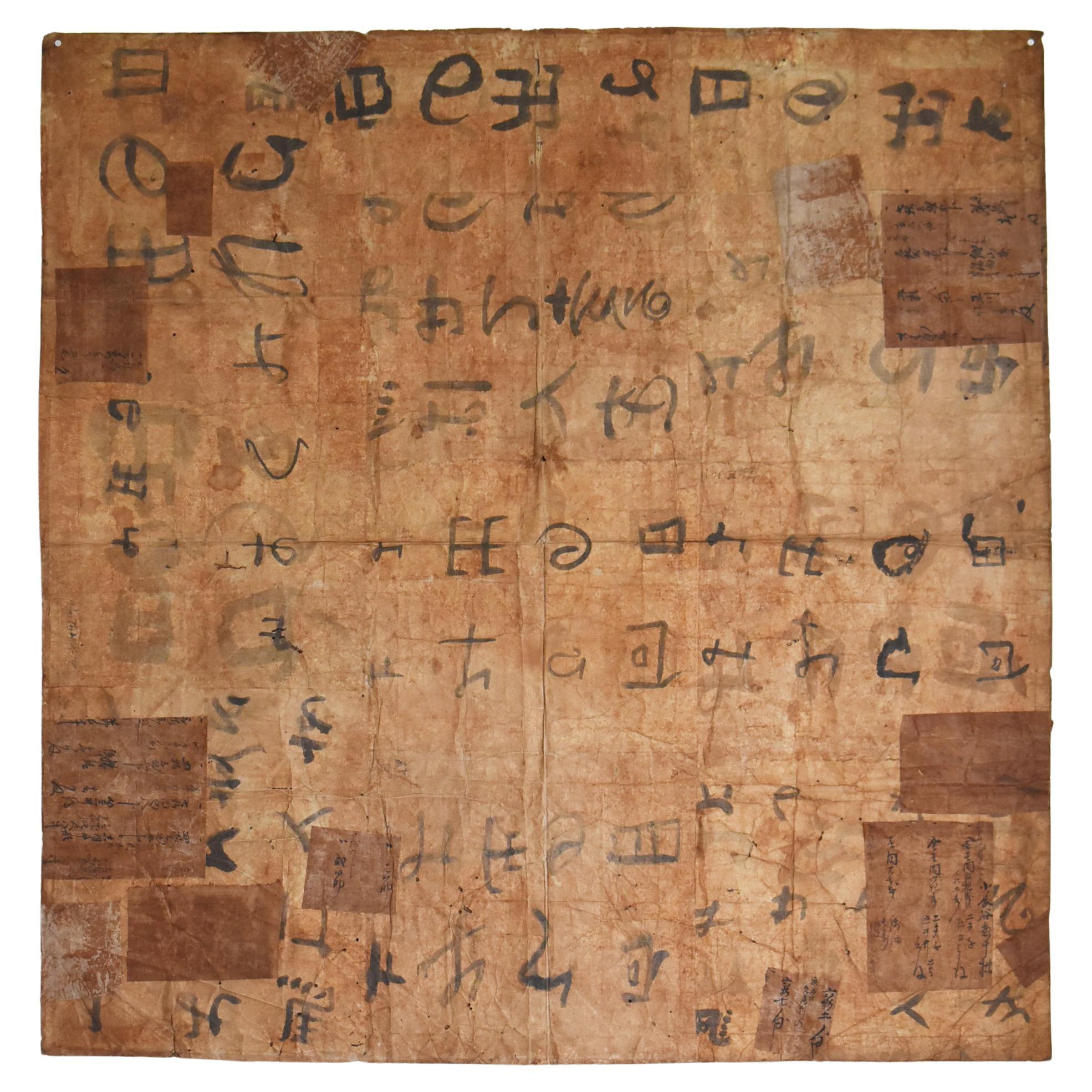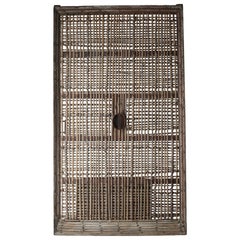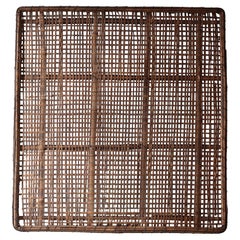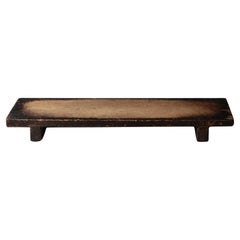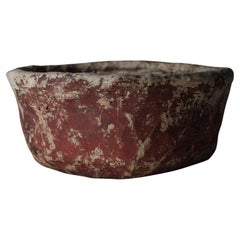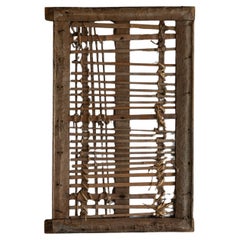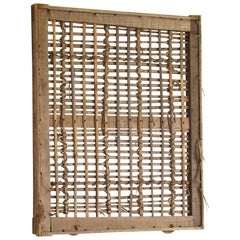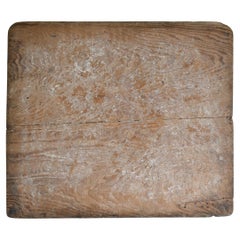Items Similar to Japanese Antique Bamboo Door / Wall Decoration / 1868-1912s / Wabi-Sabi
Want more images or videos?
Request additional images or videos from the seller
1 of 19
Japanese Antique Bamboo Door / Wall Decoration / 1868-1912s / Wabi-Sabi
$3,000
£2,254.39
€2,614.59
CA$4,211.55
A$4,673.35
CHF 2,465.07
MX$57,051.56
NOK 31,188.02
SEK 29,210.10
DKK 19,512.16
About the Item
This is a wall decoration using an old Japanese door.
It is thought to date from the Edo to Meiji period.
Originally it was a very heavy door with earth and plaster on the surface, but we removed all the earth and plaster to reveal the bamboo inside.
This was used for the door of an old warehouse called "kura". In Japan, old "kura" is considered a symbol of wealth. Warehouses have been used not only to store food, but also to store important books, treasures, and things that have been passed down from generation to generation, but their number is decreasing due to aging.
The base is made of bamboo and pampas grass woven into a lattice pattern, called "takekomai", and is fixed with hemp string (hemp or ramie).
It is also recommended to use a door used in a Japanese "kura" to decorate the wall like an abstract painting using natural materials.
Weight: 23kg
- Dimensions:Height: 68.71 in (174.5 cm)Width: 56.11 in (142.5 cm)Depth: 2.25 in (5.7 cm)
- Style:Meiji (Of the Period)
- Materials and Techniques:
- Place of Origin:
- Period:
- Date of Manufacture:1868-1912s
- Condition:Additions or alterations made to the original: I removed the earthen wall and plaster. Refinished. Wear consistent with age and use.
- Seller Location:Iwate-gun Shizukuishi-cho, JP
- Reference Number:1stDibs: LU9601245698622
About the Seller
5.0
Platinum Seller
Premium sellers with a 4.7+ rating and 24-hour response times
Established in 2020
1stDibs seller since 2023
72 sales on 1stDibs
Typical response time: 1 hour
- ShippingRetrieving quote...Shipping from: Iwate-gun Shizukuishi-cho, Japan
- Return Policy
Authenticity Guarantee
In the unlikely event there’s an issue with an item’s authenticity, contact us within 1 year for a full refund. DetailsMoney-Back Guarantee
If your item is not as described, is damaged in transit, or does not arrive, contact us within 7 days for a full refund. Details24-Hour Cancellation
You have a 24-hour grace period in which to reconsider your purchase, with no questions asked.Vetted Professional Sellers
Our world-class sellers must adhere to strict standards for service and quality, maintaining the integrity of our listings.Price-Match Guarantee
If you find that a seller listed the same item for a lower price elsewhere, we’ll match it.Trusted Global Delivery
Our best-in-class carrier network provides specialized shipping options worldwide, including custom delivery.More From This Seller
View AllJapanese Antique Bamboo Door / Wall Decoration / 1868-1912s / Wabi-Sabi
Located in Iwate-gun Shizukuishi-cho, Iwate Prefecture
This is a wall decoration using an old Japanese door.
It is thought to date from the Edo to Meiji period.
Originally it was a very heavy door with earth and plaster on the surface,...
Category
Antique Mid-19th Century Japanese Edo Decorative Art
Materials
Iron
Japanese Antique Bamboo Panel / Wall Decoration / 1868-1912s / Wabi-Sabi
Located in Iwate-gun Shizukuishi-cho, Iwate Prefecture
This is an old Japanese bamboo wall decoration.
It is believed to have been used as a farm tool around the Meiji period.
Perhaps it was used as a tool to transport crops.
The latt...
Category
Antique Late 19th Century Japanese Meiji Decorative Art
Materials
Bamboo
Japanese Antique Exhibition Table / Wall Decoration / 1868-1912s / Wabi-sabi
Located in Iwate-gun Shizukuishi-cho, Iwate Prefecture
This is an old Japanese wooden work board.
The wood is cedar, and due to long-term use, the black color around the edges remains, and the color has peeled off only in the middle. Th...
Category
Antique Late 19th Century Japanese Meiji Antiquities
Materials
Wood, Cedar
Japanese Antique Paper Covered Basket / 1868-1912s / Wabi-sabi Mingei
Located in Iwate-gun Shizukuishi-cho, Iwate Prefecture
This is a basket with old Japanese paper pasted it.
Japanese paper colored with Bengala is pasted on a bamboo basket.
It is thought to be from the Meiji period.
The technique of s...
Category
Antique Late 19th Century Japanese Meiji Decorative Baskets
Materials
Bamboo, Paper
Japanese Antique Tengu's Face / Objet / 1868-1912s / Wabi-sabi Mingei
Located in Iwate-gun Shizukuishi-cho, Iwate Prefecture
This is the old Tengu surface that was used in the Kyushu region of Japan.
It is thought to be from around the Meiji period.
Tengu noodles are said to be an amulet, a blessing, and...
Category
Antique Late 19th Century Japanese Meiji Masks
Materials
Wood
Japanese Antique Large Tansu / Cabinet Sideboard / 1868-1912s Wabi-sabi
Located in Iwate-gun Shizukuishi-cho, Iwate Prefecture
This is an old Japanese cabinet.
It is estimated that it was around the Meiji period, and the main parts are all made of zelkova. It is speculated that everything made of zelkova wa...
Category
Antique Late 19th Century Japanese Meiji Cabinets
Materials
Iron
You May Also Like
Japanese Antique Door "Wall Decoration" 1860s-1900s / Abstract Art Wabi Sabi
Located in Sammu-shi, Chiba
This was a very old Japanese warehouse (kura) window sliding door.
It was made during the Meiji period (1860s-1900s).
The frame is made of cedar wood and the lattice is bamboo.
It w...
Category
Early 20th Century Japanese Meiji Decorative Art
Materials
Bamboo, Cedar
Japanese Antique Small Door Wall Decoration 1860s-1900s / Abstract Art Wabi Sabi
Located in Chōsei District Nagara, JP
This is an old small window frame made in Japan. It was originally used as a traditional Japanese mud wall fixture. It dates back to the Meiji period (1860s-1900s) and has been in us...
Category
Early 20th Century Japanese Meiji Decorative Art
Materials
Bamboo, Cedar
Japanese Antique Wabi Sabi "Washi" 1897s / Abstract Art Wall Decoration
Located in Chōsei District Nagara, JP
This is an old piece of Japanese washi paper. On the reverse side, the characters “明治三十年” can be seen, indicating it was made in 1897.
While its exact use is uncertain, the presence...
Category
Antique 1890s Japanese Meiji Decorative Art
Materials
Paper
Japanese Antique Wabi-Sabi Wood Board 1860s-1900s / Wall Decoration
Located in Chōsei District Nagara, JP
This is an old Japanese wooden board called “Mochiita” (rice cake board).
It was used during the Meiji period (1860s-1900s) and is made of pine wood with a rich texture.
As the name ...
Category
Early 20th Century Japanese Meiji Decorative Art
Materials
Pine
Japanese Antique Cedar Wood Board Wall Decoration 1860s-1900s / Wabi Sabi
By Axel Vervoordt
Located in Chōsei District Nagara, JP
This is an old, single-slab board made of Japanese cedar, believed to date back to the Meiji period (1860s–1900s). Cut from the trunk of a large, centuries-old cedar tree, it retains...
Category
Antique Late 19th Century Japanese Primitive Decorative Art
Materials
Cedar
Japanese antique wall hanging bamboo vase/1868-1920/Wabisabi object
Located in Sammu-shi, Chiba
This is an old bamboo vase made from the Meiji period to the Taisho period (1868-1920).
It is made in the shape of a fish cage using thin bamboo strips.
In Japan, fish caught in rive...
Category
Antique 19th Century Japanese Meiji Decorative Art
Materials
Bamboo
More Ways To Browse
Green Chinese Cabinet
Narrow Painted Cabinet
Original Vintage Circus Posters
Pastry Display
Poland Crystal
Purple Water Glasses
Stone Niche
Tiffany Art Glass Bowl
Vintage Wooden Display Shelves
Walnut 4 Drawer Chest
Walnut Silver Box
Wood Desk Organizer
Wood Paddle
18th Century Bombe Chest
1912 Mirror
19th Century Indian Door
African Iron Wood
Antique Rigs
